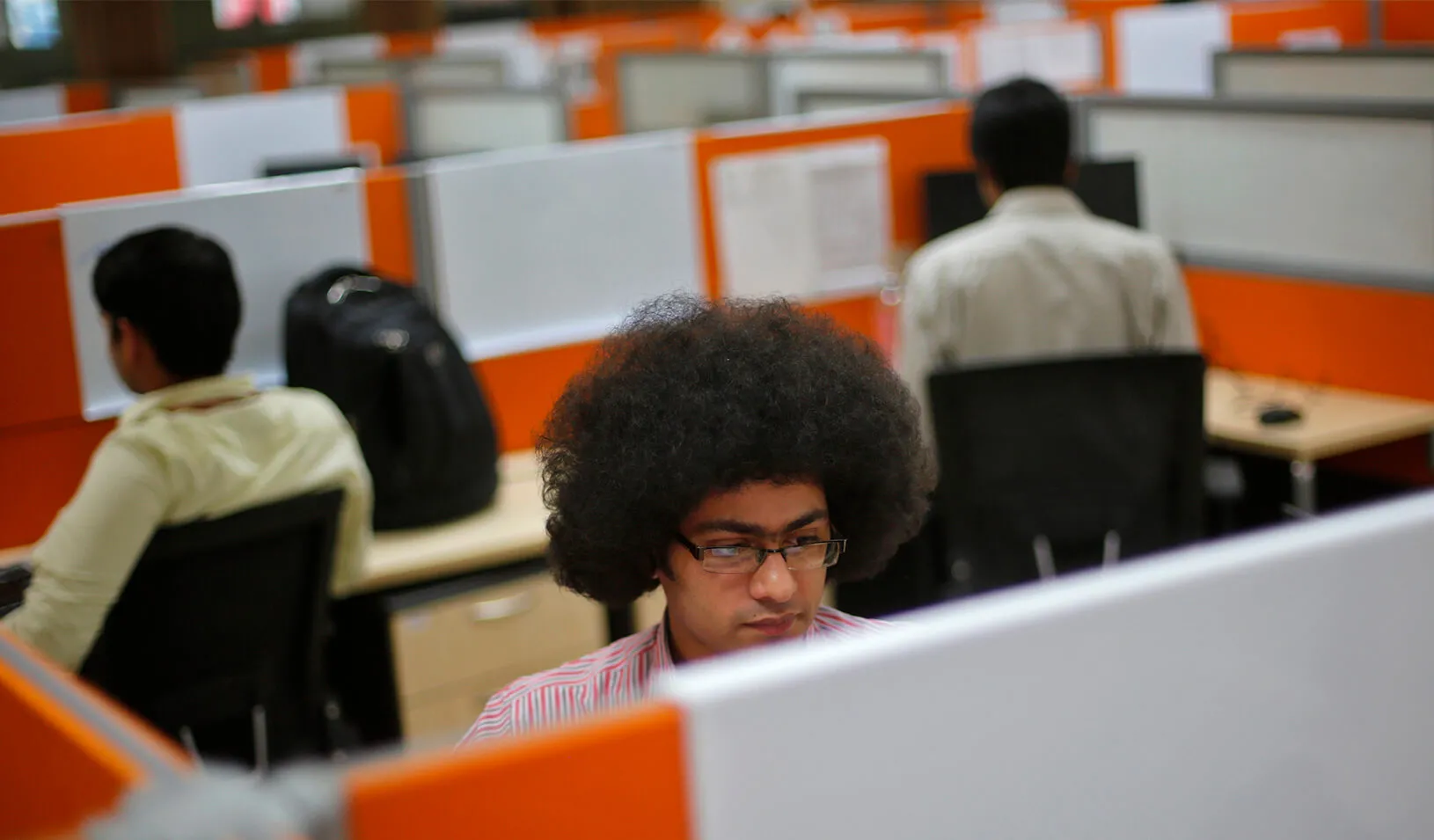How Fear Spurred Productivity in the Great Recession
Research shows how this recession bucked historical patterns.
April 11, 2016
Worker productivity jumped during the Great Recession, particularly in states with higher unemployment rates. | Reuters/Adnan Abidi
It seems intuitive: If people are worried about being laid off from their jobs, they are likely to work harder to keep those jobs. But until about 20 years ago, labor productivity actually went down during recessions. That was because companies were often hesitant to slash jobs as soon as sales started to fall. This “hoarding” of jobs, as economists call it, meant that the average output of each worker slipped.
The last three downturns have been different, and the brutal recession from 2007 through 2009 was almost a mirror image of the historical pattern. Productivity climbed 2.1% shortly before the economy tanked, but then accelerated sharply to 3.16% during the recession. Overall, the number of hours worked plunged far more than the nation’s output of goods and services.
Indeed, the ability of companies to get by with fewer workers has become a defining feature of the economy during much of the post-recession recovery. Even as corporate profits rebounded, employment climbed slowly and long-term unemployment remains elevated seven years after the recession officially ended.
But why did productivity actually go up? Did companies somehow manage to weed out the less industrious or less skilled employees? Or did the workers themselves step up their productivity?
In a new paper, “Making Do with Less: Working Harder During Recessions,” Edward P. Lazear and Kathryn L. Shaw of Stanford Graduate School of Business teamed up with Christopher Stanton of Harvard University to answer the question empirically.
The researchers did so by studying the detailed performance statistics of 23,000 real workers at a major corporation with operations across the United States.
Their conclusion: It was the workers, especially those most in fear of being laid off, who were primarily responsible for boosting productivity when times got hard.
The researchers don’t name the company or the industry, citing confidentiality obligations. They describe it as a “technology-based services” firm in which thousands of workers have essentially identical tasks. Employees also have their performance monitored by computer. Think here of jobs at customer call centers, insurance claims processors, airline check-in counters and retail stores.
Because computers kept detailed records of each employee’s work, and because people had similar tasks to perform, the researchers were able to compare productivity before, during, and right after the recession of 2007 to 2009. They were also able to compare differences between states with very high spikes in unemployment and states with more modest slowdowns. They could even compare what happened to “stars” and “laggards” — people who had been above-average or below-average performers before the recession.
Across the company, productivity per hour climbed 5.4% between June 2006 and May 2010. Among employees who held the same jobs throughout the four-year period, productivity climbed 4.8%.
The most tell-tale evidence of the impact of job insecurity, however, was that productivity climbed faster among employees in states with very steep spikes in unemployment, such as Florida, than among employees in states with more modest downturns.
It turns out, however, that “star” performers responded quite differently from “laggards.” Shaw and her colleagues found that productivity changed very little among the stars, perhaps because they were already performing at their peak or because they were more confident about the job prospects. The real improvements came from the “laggards.” In areas where unemployment jumped by 5 percentage points, the researchers estimated, productivity among the laggards jumped 5.65%.
Shaw says it’s not entirely clear why productivity in the most recent recession departed from historical patterns. It could be that the decline of unions made it easier for companies to lay off workers more rapidly, though Shaw notes that union contracts often contain mechanisms for instituting temporary layoffs.
Regardless, Shaw says, it’s likely that increased job insecurity has spurred anxious workers to be more productive.
“What marked the Great Recession was that people who enter unemployment have very long durations of unemployment,” Shaw said. People not only worried that their own jobs were at risk, but that they might well have great difficulty finding a new job if they got laid off. “If you look at that, it’s a motivating factor.”
For media inquiries, visit the Newsroom.
Explore More

Collusion Course: Why Price-Fixing Schemes Survive or Collapse

The Price of Cheap Talk: What Economics Teaches Us About Communication



